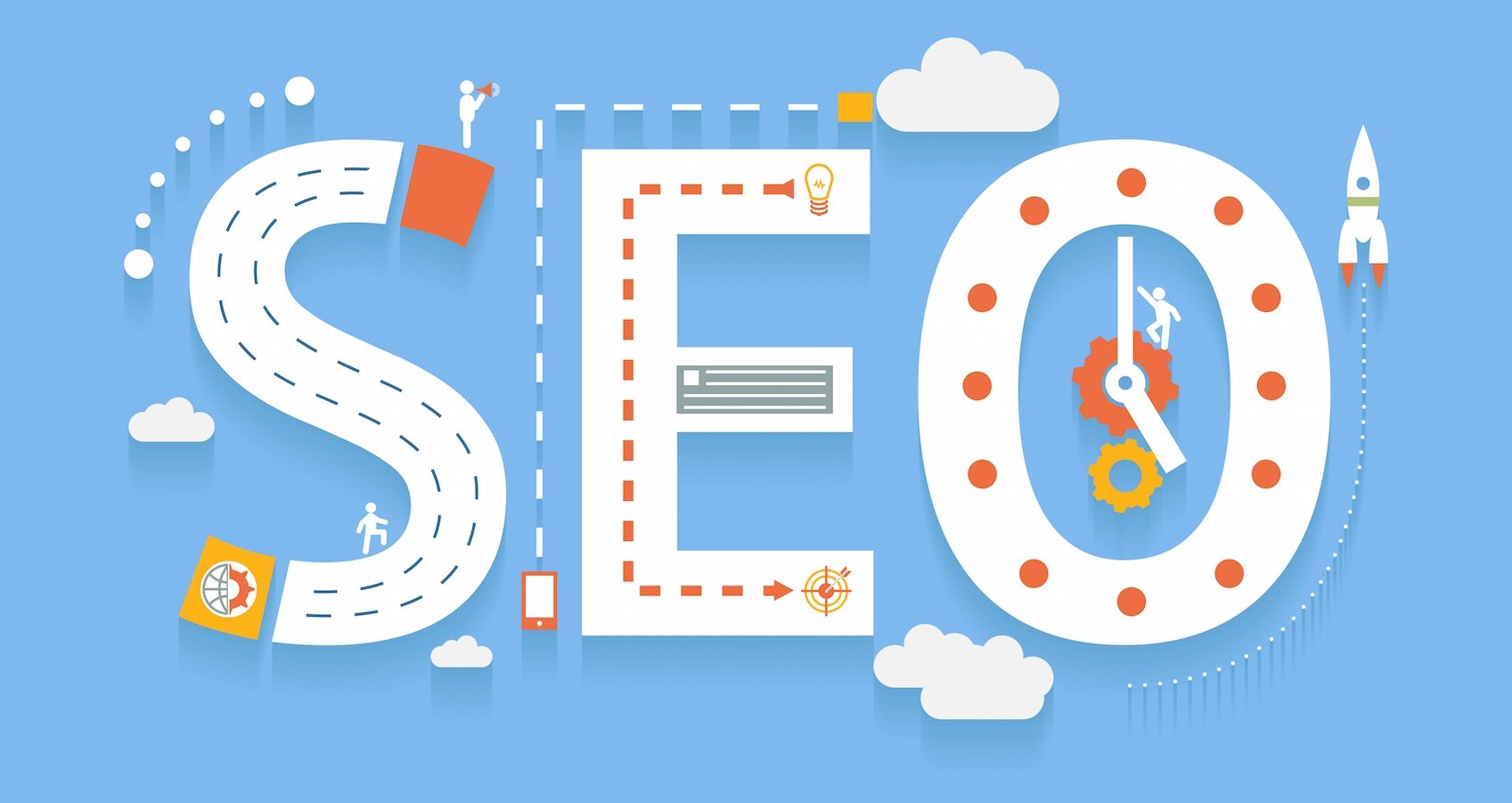

As an SEO professional focused on the healthcare industry, I regularly come across articles declaring that “SEO is Dead!” For the most part, these are reactionary pieces in response to some sort of shift in the search landscape, such as Google removing access to keyword-level data in analytics. To an extent, these articles are right. SEO is dead. However, it’s not that simple.
The SEO of 11 years ago, a year ago and even last week is dead. Not because the practice is going away, but because SEO has evolved. The idea of optimizing your presence to appear more readily for people looking for information is a concept that predates the internet. The phonebook, for example, used alphabetization as a basic algorithm.
As search has progressed to the internet, we’ve seen search engines change with every passing day. A variety of new elements have appeared in the search results — from web pages to social media, video, and apps — since different types of content can be used effectively to answer health related queries.
So, yes, “SEO is dead,” but in reality SEO is continually evolving and is as important as ever.
Staying Ahead of the Curve: SEO in the Health Information Journey
In order to be successful as a healthcare SEO professional, I need to understand how search behavior is going to fluctuate between devices, platforms, and the various stages of the healthcare journey, while deducing the intent of the searcher. Understanding audience psyche and motivation is just as important as understanding keywords, if not more so. To better understand a searcher’s intent it is helpful to these questions:
- What was the motivation that caused that person to search?
-
- Understanding the stimulus that caused the person to perform their search helps us understand what type of content will resonate with them. Creating and optimizing the right content allows us to properly answer their question and put the right piece of content in front of them when they’re searching. Did the searcher enter “skin rash” or “eczema treatment options?” Both searches are a part of the same patient journey, but the intent and stages of the knowledge gathering process are very different.
- What is the context of that search? (who, where, what device, when, etc.)
-
- Context shapes everything. Someone searching for information about symptoms or pricing for an OTC drug while in a store from their mobile device is very close to the point of purchase compared to someone searching on their home computer using unbranded phrases. This helps us better understand their true intent and, thus, the proper content to optimize for each.
- Where is my audience going for their information?
-
- The platforms that someone can use to search for information vary greatly, which means the type of content can also vary. Understanding audience habits, preferences and which platforms they prefer helps us determine what type of content to optimize. For example, a “how-to” video on combatting acne is better positioned on YouTube than the brand website.
- Do I have sufficient content on the proper platform?
-
- Once we understand why and where someone is searching we need to do an honest assessment of the depth and quality of content we have on the platform(s) we’ve identified as being critical to connecting our brand with the target audience. What gaps are there? What needs improvement? Without the proper content on the proper channel, we’ll have a difficult time connecting with the searcher in their moment of need.
Being able to answer these questions is what the foundation of SEO is built upon today and how SEO professionals in the healthcare space, and across all sectors, approach organic strategy.
So the next time you read an article declaring the death of SEO, you should feel confident that SEO is alive and well and an integral part of a holistic digital strategy that connects people with information.
[“Source-mediapost”]

